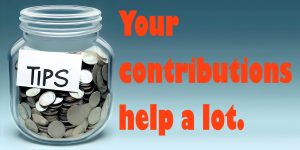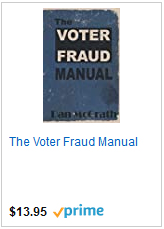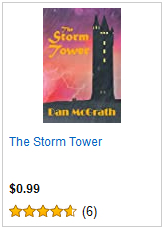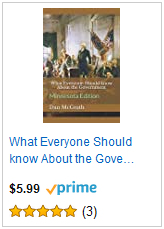
So, When (and how) do I get my “Stimulus” Money?
By now, pretty much everyone has heard that the federal government has announced one-time payments of $1,200 to every American taxpayer. The details have been a little murky and hard to find, however.
State unemployment benefits that are typically half (or less) of a person’s normal weekly compensation are also supposed to be getting a boost of up to $600 per week.
Whatever your thoughts on the socio-economic consequences of the federal government burning through $2 trillion in so-called “stimulus” money that actually doesn’t exist, many will be dependent on this influx just to keep afloat. The government has created and enforced the circumstances that will result in families not being able to pay rent or feed their kids in a very short span of time – Total economic ruination may be months or mere weeks away for some.
When’s the money coming, though? No one has seen a dime of this so-called stimulus money, yet.
For many, this promised economic relief is just around the corner. First, information on the $1,200 one-time payments: If you have filed taxes and received a direct deposit for a federal tax refund or social security benefits in the past two years, you’re first in line to receive this payment. As long as your account information is the same, you’ll receive the payment automatically – no action required on your part – as a direct deposit. Payments will start being transferred as soon as April 9th. Supposedly, lower income taxpayers are being prioritized. Many are expected to have the payments by April 15th.
This one-time payment is technically an advance on a refundable tax credit for your 2020 taxes. This has been misconstrued and misinformation has propagated online about this. The payment is not a loan and does not have to be paid back. This is simply how the IRS is accounting for the money. It will not reduce any future tax refund you may be owed.
If you received a tax refund by check and the IRS does not have your direct deposit information, the treasury department will instead mail you a check, beginning April 24th.
If you haven’t been filing taxes or need to update your information with the IRS, Turbotax has created an online portal to make that easy for you to register for your “stimulus” payment. You can also provide your bank account information there to receive a quicker direct deposit. You can also now track the status of your payment, here.
$1,200 is the baseline. Your actual payment may vary. Married couples who file jointly will receive $2,400 and parents of dependent children will receive an additional $500 per dependent. Individuals earning over $75,000 per year (double for couples) will receive a progressively reduced payment up to $99,000 per year. People earning more than that will not receive this one-time payment.
Another big part of the federal relief package comes in the form of money being provided to states to beef up unemployment payments. Unemployment insurance is meant to supplement savings in the event of a short-term loss of employment and is generally not sufficient for a family to live on. Record numbers of people suddenly found themselves unemployed with no immediate prospects for re-employment due to at least one third of the economy being forcibly shut down. The usual stop-gap model for unemployment benefits doesn’t cut it.
It has taken some time for all the steps to fall into place to transfer federal money into state coffers and to modify the state unemployment calculation and fulfillment systems. Each state is approaching the challenges differently (some have had to call up retired COBOL programmers to re-write decades old software to make the changes work). In Minnesota, the promised $600 weekly boost will come as a separate payment from the baseline weekly benefit paid by the state.
Unemployment applicants are eligible to receive the extra $600 beginning the first week of April. Monday, April 6th was the first day to request benefits that come with the extra $600. Weekly benefits are typically paid 2-3 days after they are requested.
Applicants don’t need to do anything new to receive the $600 payment. Those who request a weekly benefit payment for the normal amount, through the normal process will automatically receive the additional money, separately.
Unemployment is typically not available for business owners, the self-employed or “gig workers,” but special accommodations have been introduced to help people in those situations during this crisis as well.
One does not need to be completely out of work to receive unemployment benefits. If your hours or salary have been significantly reduced, you probably qualify for some level of unemployment benefit.
Minnesotans can learn more and apply for unemployment at UIMN.org
Be sure to Bookmark DanMcGrath.net and subscribe to be informed when new items are posted!





